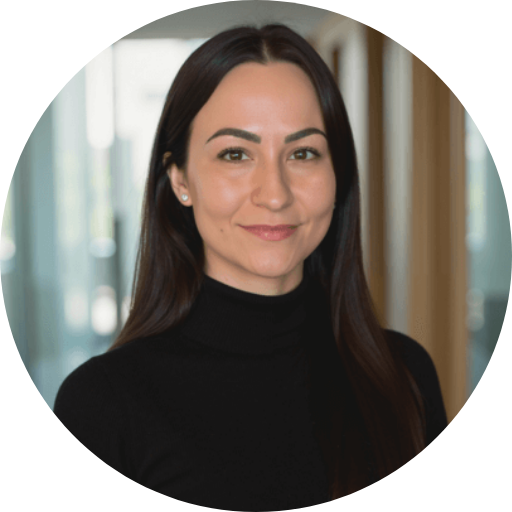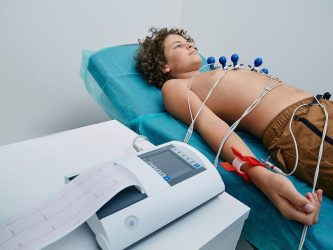Key Takeaways
- ADHD is a common neurodevelopmental disorder that affects how children pay attention, control impulses, and manage their energy levels.
- Early recognition of symptoms is key to getting a proper diagnosis and starting effective treatment.
- A combination of behavior therapy and medication is often the most effective treatment approach for school-aged children.
1. Understanding ADHD: More Than Just Hyperactivity
Attention-Deficit/Hyperactivity Disorder (ADHD) is one of the most common neurodevelopmental disorders of childhood. It is usually first diagnosed in childhood and often lasts into adulthood. While many people associate ADHD with hyperactivity, the disorder can present in several different ways, including inattention, impulsivity, or a combination of both.
It is important for parents to understand that ADHD is not a result of poor parenting or a lack of discipline. It is a medical condition that requires a comprehensive approach to treatment and management.
According to the Centers for Disease Control and Prevention (CDC), there are three main types of ADHD:
| ADHD Type | Primary Characteristics |
| Predominantly Inattentive | Difficulty organizing or finishing a task, paying attention to details, or following instructions or conversations. The person is easily distracted or forgets details of daily routines. |
| Predominantly Hyperactive-Impulsive | Fidgeting and talking a lot. Having trouble sitting still for long (e.g., for a meal or while doing homework). Feeling restless and having trouble with impulsivity. Someone who is impulsive may interrupt others a lot, grab things from people, or speak at inappropriate times. |
| Combined Presentation | Symptoms of both of the other types are equally present in the person. |
2. Recognizing the Early Signs: What Parents Should Look For
While it is normal for all children to be inattentive, hyperactive, or impulsive at times, for children with ADHD, these behaviors are more severe, occur more often, and interfere with or reduce the quality of how they function socially, at school, or in a job.
The Mayo Clinic outlines several key signs to watch for in each category of symptoms.
Inattentive Symptoms
A child who shows a pattern of inattention may often:
- Fail to pay close attention to details or make careless mistakes in schoolwork.
- Have trouble staying focused in tasks or play.
- Seem not to listen, even when spoken to directly.
- Have a hard time following through on instructions and not finish schoolwork or chores.
- Have trouble organizing tasks and activities.
- Lose items needed for tasks or activities, for example, toys, school assignments, pencils.
- Be easily distracted.
Hyperactive-Impulsive Symptoms
A child who shows a pattern of hyperactive and impulsive symptoms may often:
- Fidget with or tap hands or feet, or squirm in the seat.
- Have a hard time staying seated in the classroom or in other situations.
- Be on the go, in constant motion.
- Run around or climb in situations when it is not appropriate.
- Have trouble playing or doing an activity quietly.
- Talk too much.
- Blurt out answers, interrupting the questioner.
- Have trouble waiting for a turn.
- Interrupt others’ conversations, games, or activities.
3. The Diagnostic Process: A Multi-Step Approach
Diagnosing ADHD is a process with several steps. There is no single test to diagnose ADHD, and many other problems, like anxiety, depression, sleep problems, and certain types of learning disabilities, can have similar symptoms. If you are concerned that your child might have ADHD, the first step is to talk with a healthcare provider.
The diagnostic process typically includes:
- A medical exam, including hearing and vision tests, to rule out other problems.
- A checklist for rating ADHD symptoms.
- Taking a history of the child from parents, teachers, and sometimes, the child.
4. Treatment Options: A Combination of Approaches
For school-aged children, the American Academy of Pediatrics (AAP) recommends a combination of behavior therapy and medication as the most effective treatment for ADHD.
It is also important for parents to receive training in behavior management to learn the skills and strategies to help their child with ADHD succeed.
| Treatment Approach | Description |
| Behavior Therapy | This includes parent training in behavior management, behavioral interventions in the classroom, and peer interventions that focus on behavior. |
| Medication | Stimulant and non-stimulant medications can be used to help manage ADHD symptoms. These medications work by increasing the levels of certain neurotransmitters in the brain. |
| School Support | Accommodations and interventions at school, such as an Individualized Education Program (IEP) or a 504 plan, can help children with ADHD succeed academically. |
5. Partnering with Your Pediatrician: The Role of SOM Medical Practice
At SOM Medical Practice, our pediatricians are experienced in diagnosing and managing ADHD in children. We work closely with parents, teachers, and other specialists to create a comprehensive treatment plan that is tailored to your child’s unique needs. If you have concerns about your child’s development or behavior, we encourage you to schedule an appointment with one of our compassionate providers. Together, we can help your child thrive.








